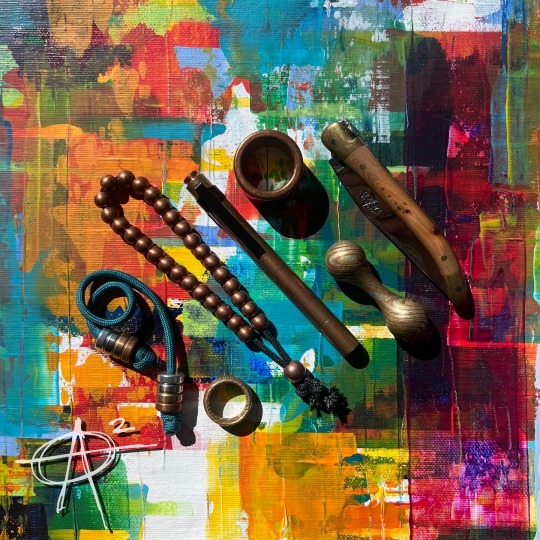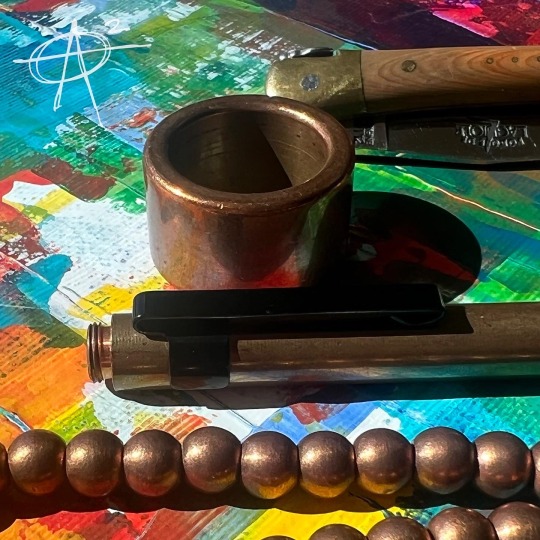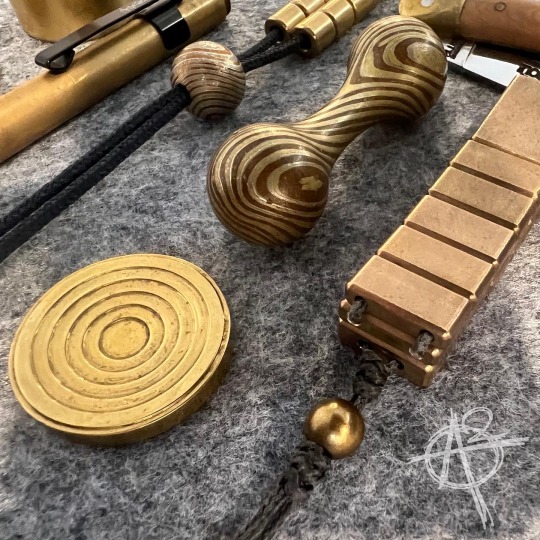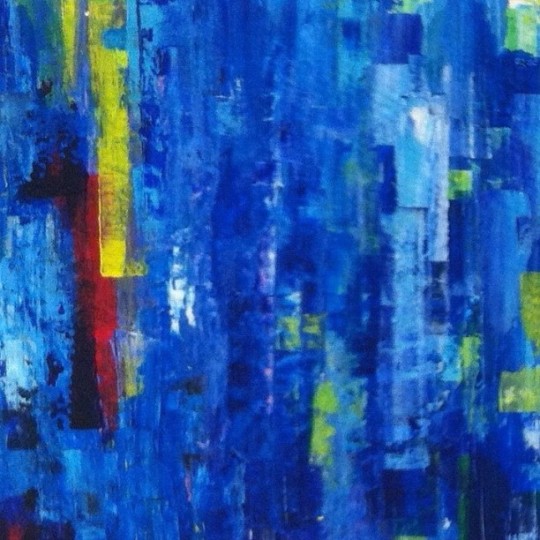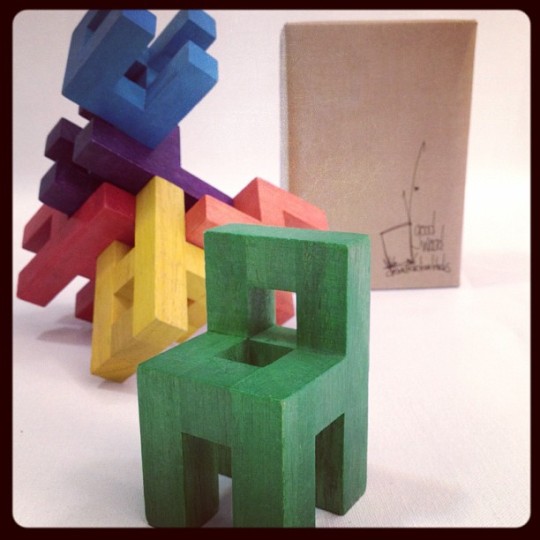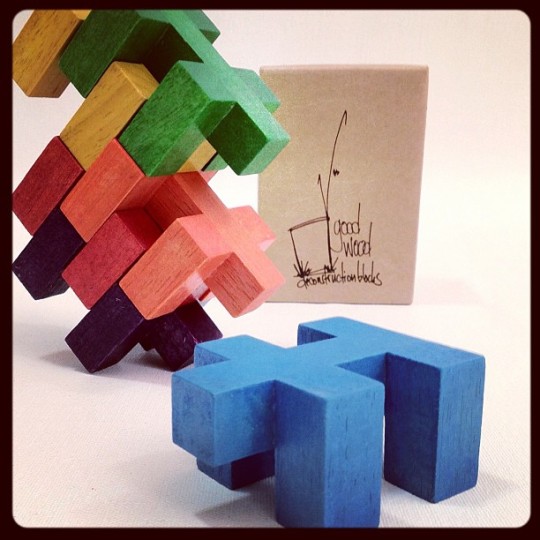Text

Sandblasted Slimini Knucklebone front and centre. Also an appreciation post for old school critical discussion of education.
#begleri #chetki #banzhi #framelock #fountainpen #deadeye #knucklebone #miseducation #criticalpedagogy #paulgoodman #hiddencurriculum #aroundsquare #invisiblecollege
0 notes
Text
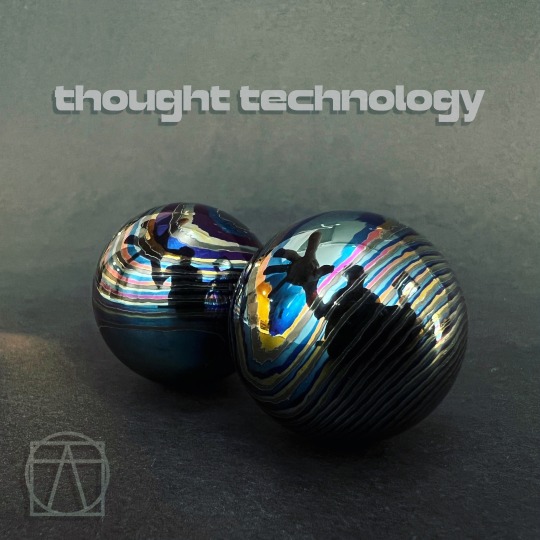
Zircuti 35mm contact balls.. high end grab
0 notes
Photo
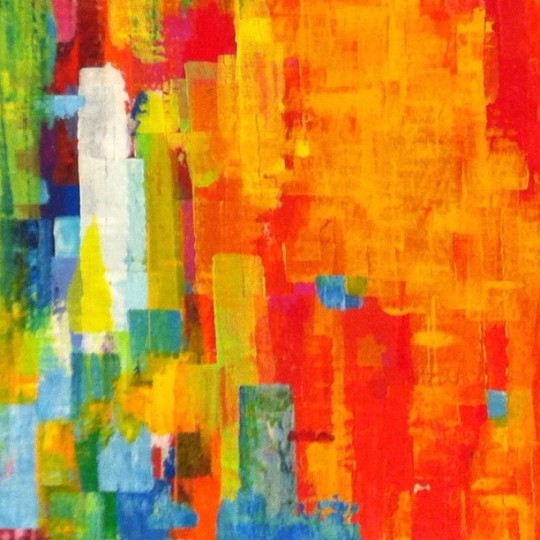
red painting (Taken with Instagram at Marriott Cairo Hotel & Omar Khayyam Casino)
0 notes
Link
Cultural entrepreneurs, who often rely heavily on new media tools such as Twitter and Kickstarter, use persuasive communications and peer influence to shift attitudes, beliefs, and behavior and, in doing so, change the world for the better.
Think of cultural entrepreneurship as social entrepreneurship’s little sister. Social entrepreneurship has gotten considerable attention in the last decade in terms of resources, investment, and analysis—and deservedly so. Some of the most exciting new innovations in social change are happening under the ever widening big tent movement of social entrepreneurship, fueled by organizations like Ashoka, Acumen Fund, and Echoing Green. David Bornstein, author of How to Change the World, has founded the blog Dowser that focuses on “solution journalism,” giving voice to innovators who pursue the much-coveted triple bottom line: people, planet, and profit.
As social entrepreneurship has come of age as a field, it’s become more and more apparent to us that a new distinction must be made between innovations that focus on changing markets and systems and those that change hearts and minds. Building on the work of entities like the Santa Fe, N.M.-based Global Center for Cultural Entrepreneurship, we argue that cultural entrepreneurship is different than social entrepreneurship, because it is focused primarily on reimagining social roles and motivating new behaviors—often working with and in popular culture to reach the widest possible audience. Social entrepreneurs solve problems by disrupting existing systems, as microfinance has, or through breakthrough product design, like the solar powered lights from d.light design or Barefoot Power. Cultural entrepreneurs, on the other hand, solve problems by disrupting belief systems—using television shows like Glee to initiate viewers into the disability or GLBTQ rights frameworks or the Twitter campaign #mensaythingstome, designed to expose anonymous misogyny online.
To be truly useful, these two types of entrepreneurship need not be thought of as mutually exclusive. Some social entrepreneurs can be cultural entrepreneurs and vice-a-versa. Vitanna.org, for example, has created a college loan lending system through online giving for students in the developing world. The nonprofit is proving that there is a market for other institutional lenders, and is increasing hope and supercharging educational expectations among people in these communities. The former is more of a market innovation; the latter is an affirmation of people’s potential.
62 notes
·
View notes

